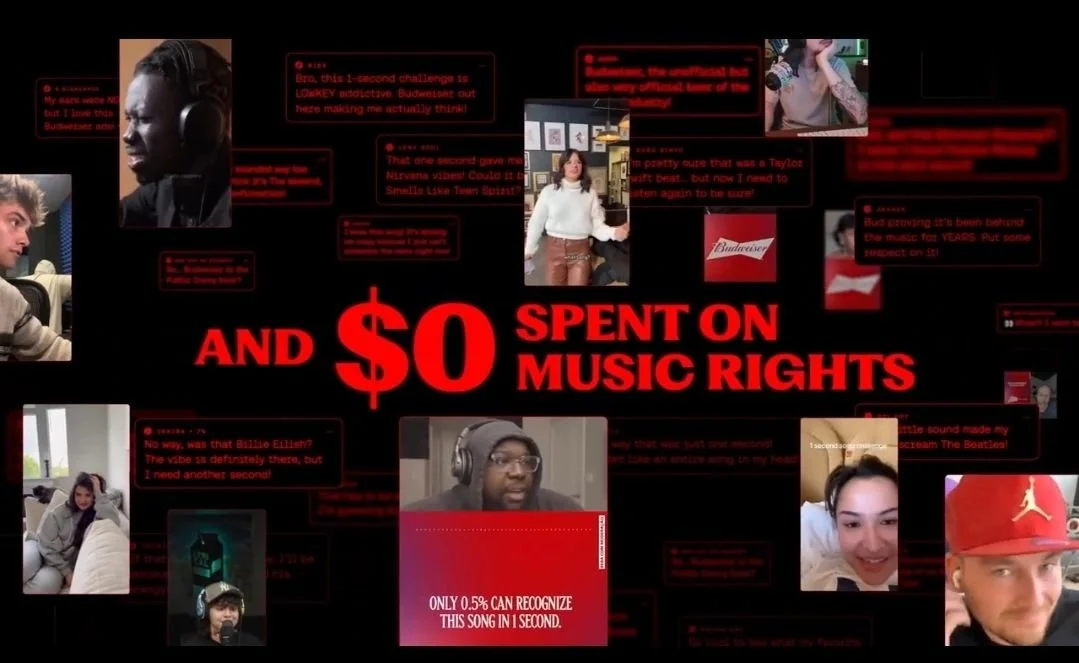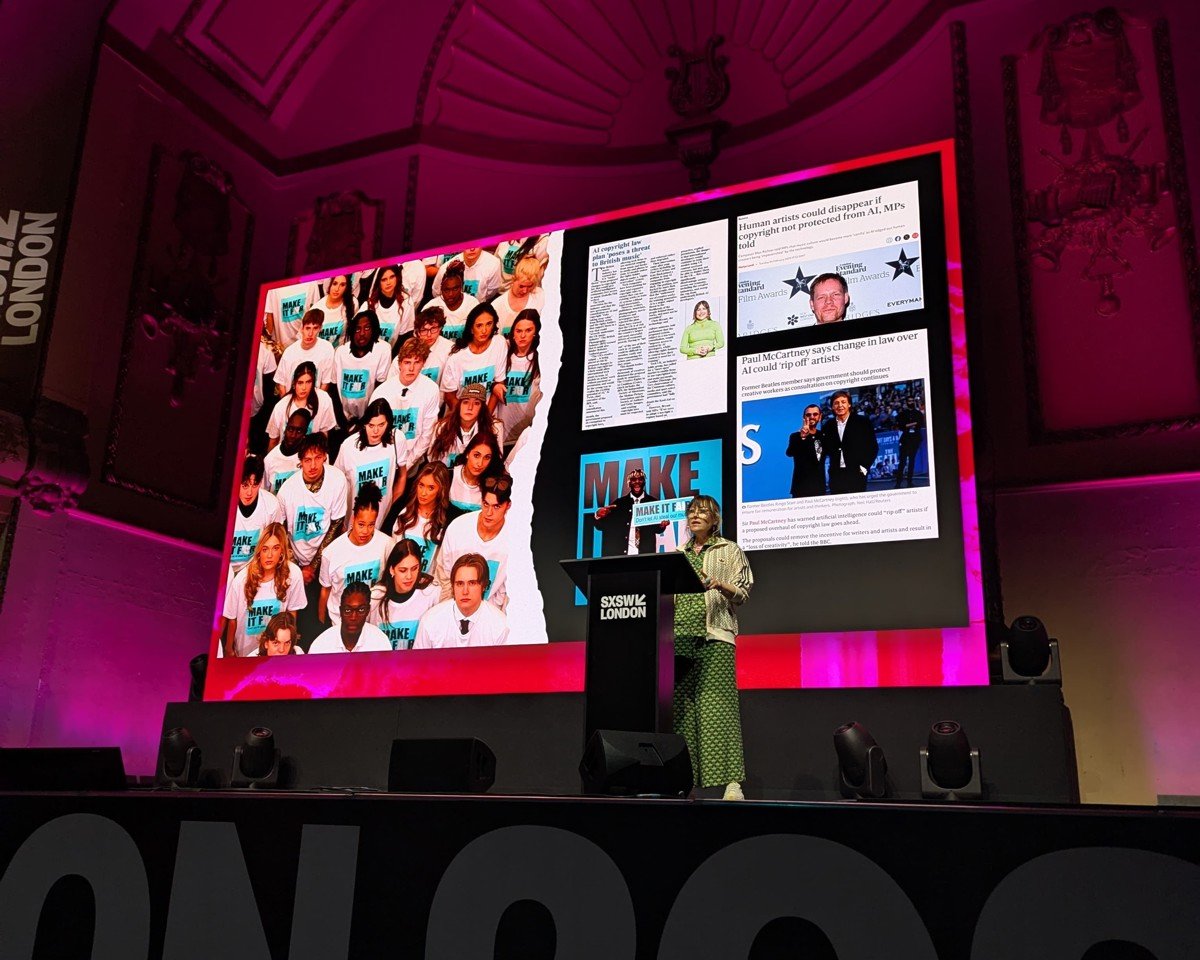Anna Wintour is stepping back from her role as head of editorial content at American Vogue after more than 35 years at the helm. It’s a cultural inflection point that signals more than a shift in personnel: it closes one of fashion media’s most defining chapters. While she retains her positions as Condé Nast’s chief content officer and global editorial director for Vogue, the move invites reflection on the legacy of a woman who, for four decades, didn’t just shape taste - she engineered the industry.
When Wintour took over as Vogue editor in 1988, the fashion landscape was teetering between tradition and transformation. She didn’t wait for evolution. From that very first cover- Michaela Bercu in a bejewelled Christian Lacroix T-shirt and faded jeans -Wintour made her intention clear: fashion would reflect real life, and the magazine would lead, not follow.
What followed was a cultural reorientation built on bold decisions and game-changing firsts:
In the early 1990s, she championed the rise of the supermodel, elevating figures like Naomi Campbell and Linda Evangelista to global celebrity.
In 1998, she launched the CFDA/Vogue Fashion Fund, a powerful pipeline for nurturing emerging American design talent.
She was a pioneer of celebrity covers, with Gwyneth Paltrow’s 1999 cover marking a new age of blending Hollywood and high fashion.
Under her vision, the Met Gala evolved from a niche costume benefit into fashion’s most-watched red carpet event, generating over 1 billion social impressions annually.
In 2006, her fictional counterpart, The Devil Wears Prada’s Miranda Priestly, entered pop culture, cementing her as a household name.
She famously put Kim Kardashian and Kanye West on the cover in 2014, a polarising but culturally prescient move that reflected the growing influence of reality and digital celebrities.
Following the 2020 racial reckoning, she acknowledged Vogue’s failures on diversity and led initiatives to broaden representation across Condé Nast.
In her global role, she oversaw Condé Nast’s editorial consolidation, transforming Vogue into a unified, international brand with centralised creative direction.
And in 2024, Vogue launched its first AI-assisted editorial feature, signalling her continued push to adapt legacy media to the tools and tempo of the now.
Wintour’s cool demeanour, trademark bob, and iconic shades became shorthand for editorial authority - but beneath that unmistakable image was an editor who understood the machinery of influence. She knew when fashion needed spectacle, when it needed politics, and when it needed intimacy. She didn’t just report on culture - she commissioned it.
Now, as Vogue U.S. searches for a new editorial head, fashion finds itself in a decentralised, creator-led era. The baton may be passing, but Wintour’s playbook still guides how brands build prestige, how images become moments, and how fashion media holds cultural power.
Anna Wintour didn’t just edit a magazine. She authored the modern fashion system - and her legacy will outlive any masthead.
Wintour’s exit marks the end of the single-most influential editorial tenure in fashion history.
Her legacy shaped how fashion, celebrity, and media intersect.
Her influence built a blueprint for brand-building that still underpins cultural strategy today.
Anna Wintour oversaw 800+ covers during her time at Vogue, pioneering the shift to celebrity-first editorial.
The Met Gala, under her curation, now brings in over $15 million in donations annually for the Costume Institute (The Met, 2024).
46% of Gen Z say social media is their main source for fashion discovery, versus just 6% citing traditional magazines (McKinsey, 2024).


































